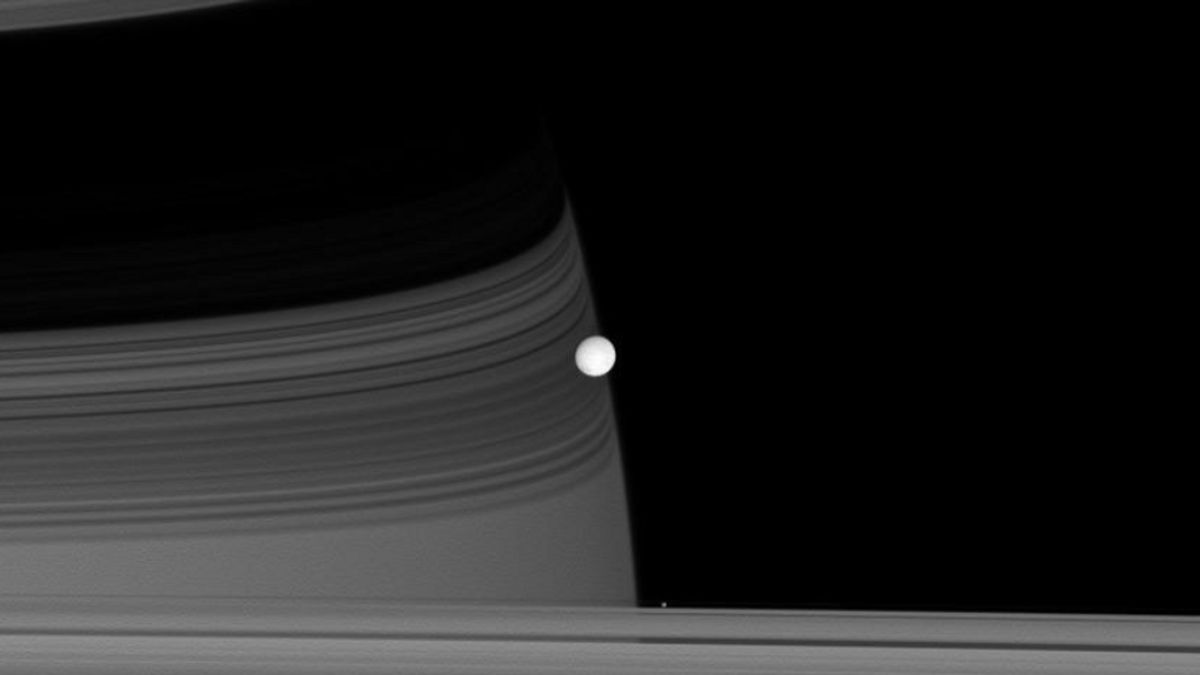JAKARTA The latest study from the Aeronautics and Space Agency (NASA) shows that Enceladus, a moon from Saturn, has an important molecule for the forerunner of life, namely hydrogen cyanide.
This chemical compound was discovered by a researcher at NASA's Jet Propulsion Laboratory (JPL), total Peter. The Harvard University student researched data from the Cassini plane mission and the results showed that Enceladus was home to some important molecules.
Our research provides further evidence that Enceladus is home to some of the most important molecules that create life-student and preserve life through metabolic reactions, Peter said.
Although hydrogen cyanide is a toxic organic compound, this molecule is very important in the formation of amino acids.
Referring to the theory of the formation of life, amino acids are one of the constituents of life.
In addition to cyanide hydrogen, Peter also found evidence that Enceladus has an ocean below the ice sheet and supplies fertilizers or clumps of eruptive clouds. Of these two findings, proof of habitability in Enceladus is getting stronger.
SEE ALSO:
Peter explained that oceans and plume are sources of energy that have not been identified to date.
However, some organic compounds that are part of both serve as fuel for organisms.
From the discovery of these molecules and energy sources of life, Peter came to the conclusion that Enceladus may indeed be habitable.
Peter also suspects that Enceladus has more energy than previously thought.
Enceladus seems not only to meet the basic requirements for habitability. We now have ideas about how complex biomolecules can form there and what chemical pathways might be involved, "said Peter.
The English, Chinese, Japanese, Arabic, and French versions are automatically generated by the AI. So there may still be inaccuracies in translating, please always see Indonesian as our main language. (system supported by DigitalSiber.id)













